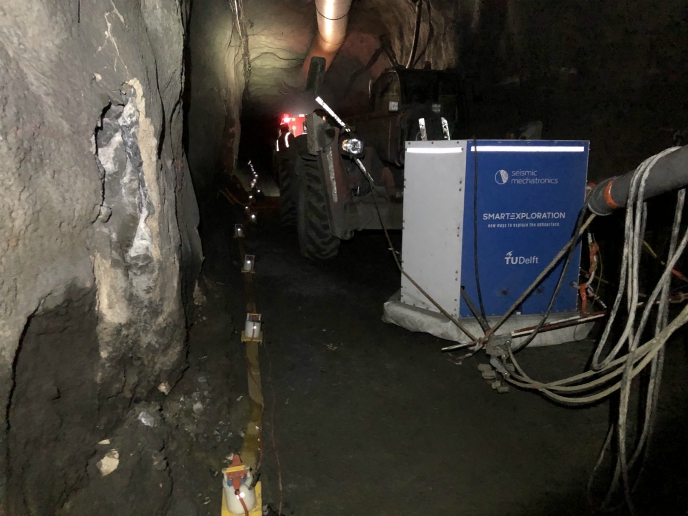Path to the perfect crystal
Crystallisation has a multitude of applications in industry. Major uses include production of artificial crystals on a mass scale, for uses as diverse as food sweeteners through to components of solar cells. Although crystallisation is one of the oldest unit operations in the chemical industry, product quality and process reliability can be problematic. The European funded project Sinc-pro aimed to iron out the discrepancies in crystallisation using available commercial tools. To do this, they validated the use of model-based decision support to give uniform crystals. Properties crucial for optimum performance are size, colour and refractive index or angle of light as it passes from the crystal. Trials were done at all levels – from the laboratory to the pilot and then on to the production scale. Overall, the Sinc-pro researchers determined when and where it was most wise to apply the automatic process activators. Selected measurement techniques were particularly important. Tests showed that it was very important to apply the actuators – mechanisms to kick start the measurements – at the early stages of optimisation. If applied at the later stages, there was a decrease in sensitivity as far as product quality. Case studies involved different crystals including ammonium sulphate, used as a fertiliser, and dextrose, a food additive. In the trials, measurement techniques were shown to be strongly dependent on the crystal type. A blueprint was prepared on the basis of the results of the tests. The model for application of measurement techniques does not give a single recipe for optimal crystal production. The plan overall gives more useful guidelines as to the range of measurement techniques that can be applied at any point in the production line. The development of a generic optimisation framework and the use of commercially available tools holds many advantages. The same model can be used for simulation, experimental design as well as product quality control.







